Chenguang Wan
A machine-learning-based tool for last closed magnetic flux surface reconstruction on tokamak
Jul 12, 2022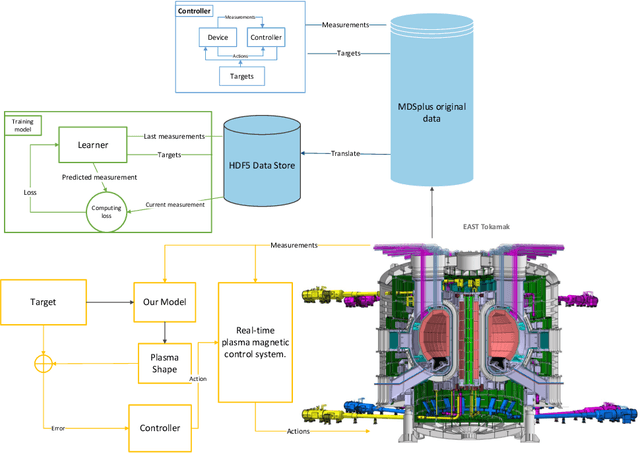

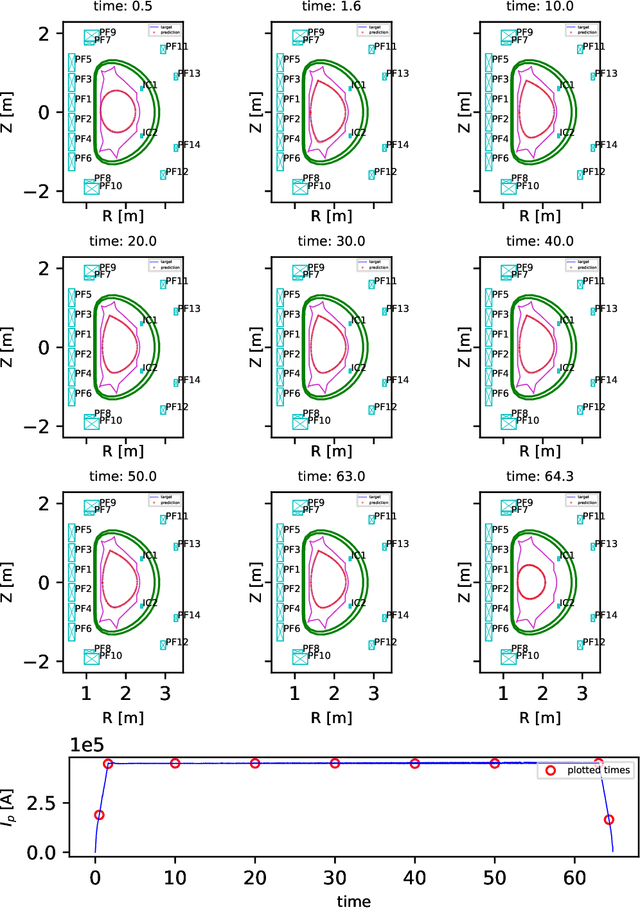
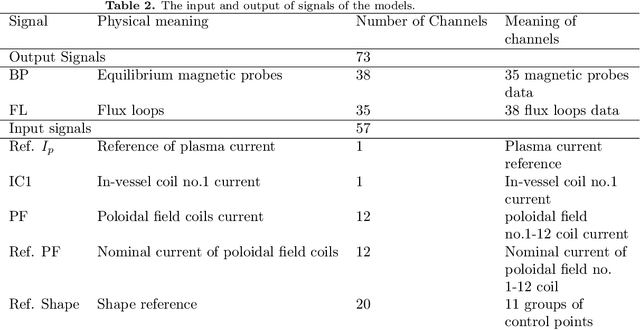
Abstract:Nuclear fusion power created by tokamak devices holds one of the most promising ways as a sustainable source of clean energy. One main challenge research field of tokamak is to predict the last closed magnetic flux surface (LCFS) determined by the interaction of the actuator coils and the internal tokamak plasma. This work requires high-dimensional, high-frequency, high-fidelity, real-time tools, further complicated by the wide range of actuator coils input interact with internal tokamak plasma states. In this work, we present a new machine learning model for reconstructing the LCFS from the Experimental Advanced Superconducting Tokamak (EAST) that learns automatically from the experimental data of EAST. This architecture can check the control strategy design and integrate it with the tokamak control system for real-time magnetic prediction. In the real-time modeling test, our approach achieves over 99% average similarity in LCFS reconstruction of the entire discharge process. In the offline magnetic reconstruction, our approach reaches over 93% average similarity.
Experiment data-driven modeling of tokamak discharge in EAST
Jul 21, 2020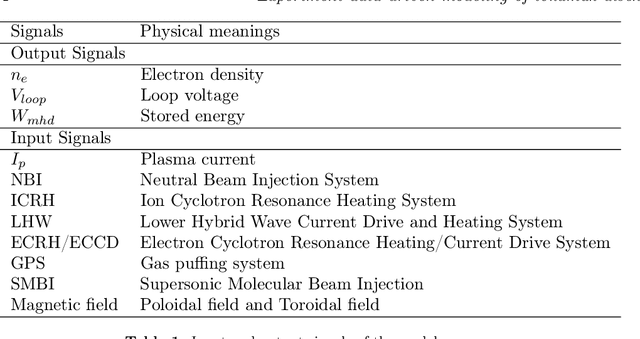
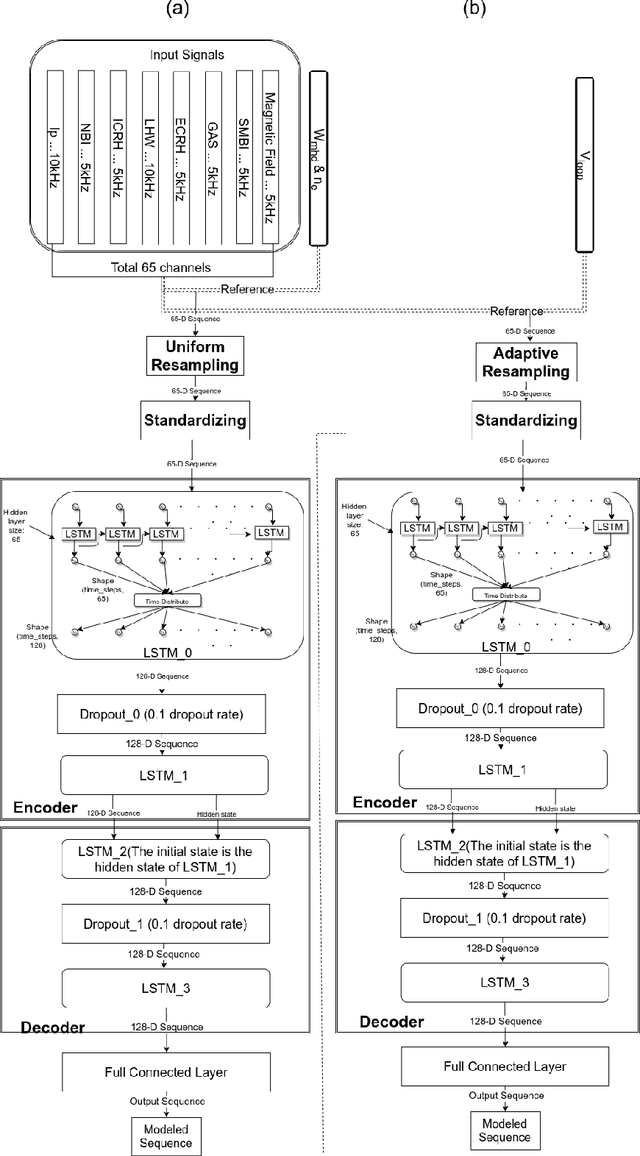
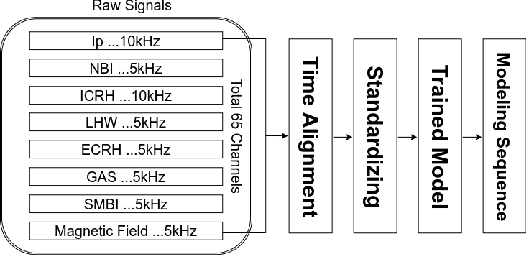
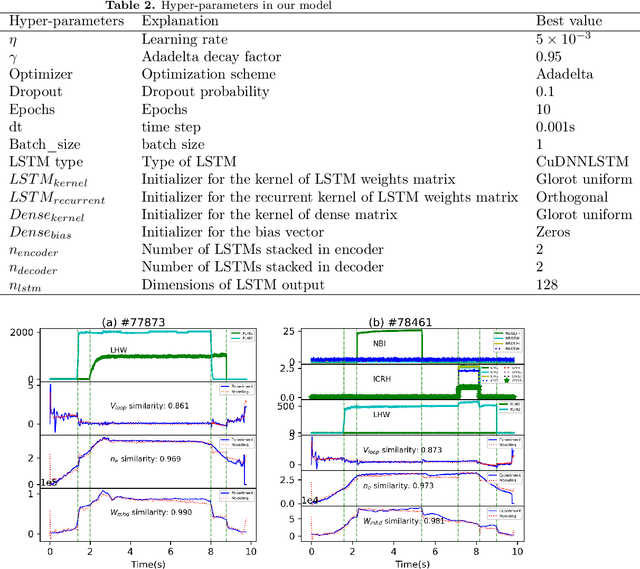
Abstract:A model for tokamak discharge through deep learning has been done on EAST tokamak. This model can use the controlled input signals (i.e. NBI, ICRH, etc) to model normal discharge without the need for doing real experiments. By using the data-driven methodology, we exploit the temporal sequence of controlled input signals for a large set of EAST discharges to develop a deep learning model for modeling discharge diagnose signals, such as electron density n_{e}, store energy W_{mhd} and loop voltage V_{loop}. Comparing the similar methodology, we pioneered a state-of-the-art Machine Learning techniques to develop the data-driven model for discharge modeling. Up to 95% similarity was achieved for W_{mhd}. The first try showed very promising results for modeling of tokamak discharge by using data-driven methodology. This is a very good tool for the ultimate goal of machine learning applied in fusion experiments for plasma discharge modeling and discharge planning in the future.
 Add to Chrome
Add to Chrome Add to Firefox
Add to Firefox Add to Edge
Add to Edge